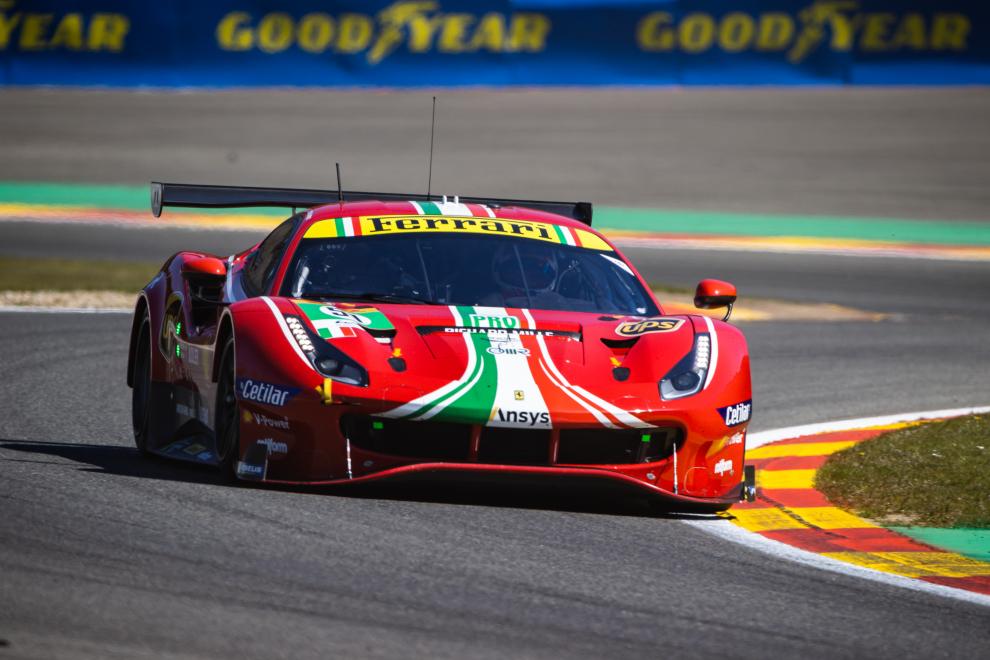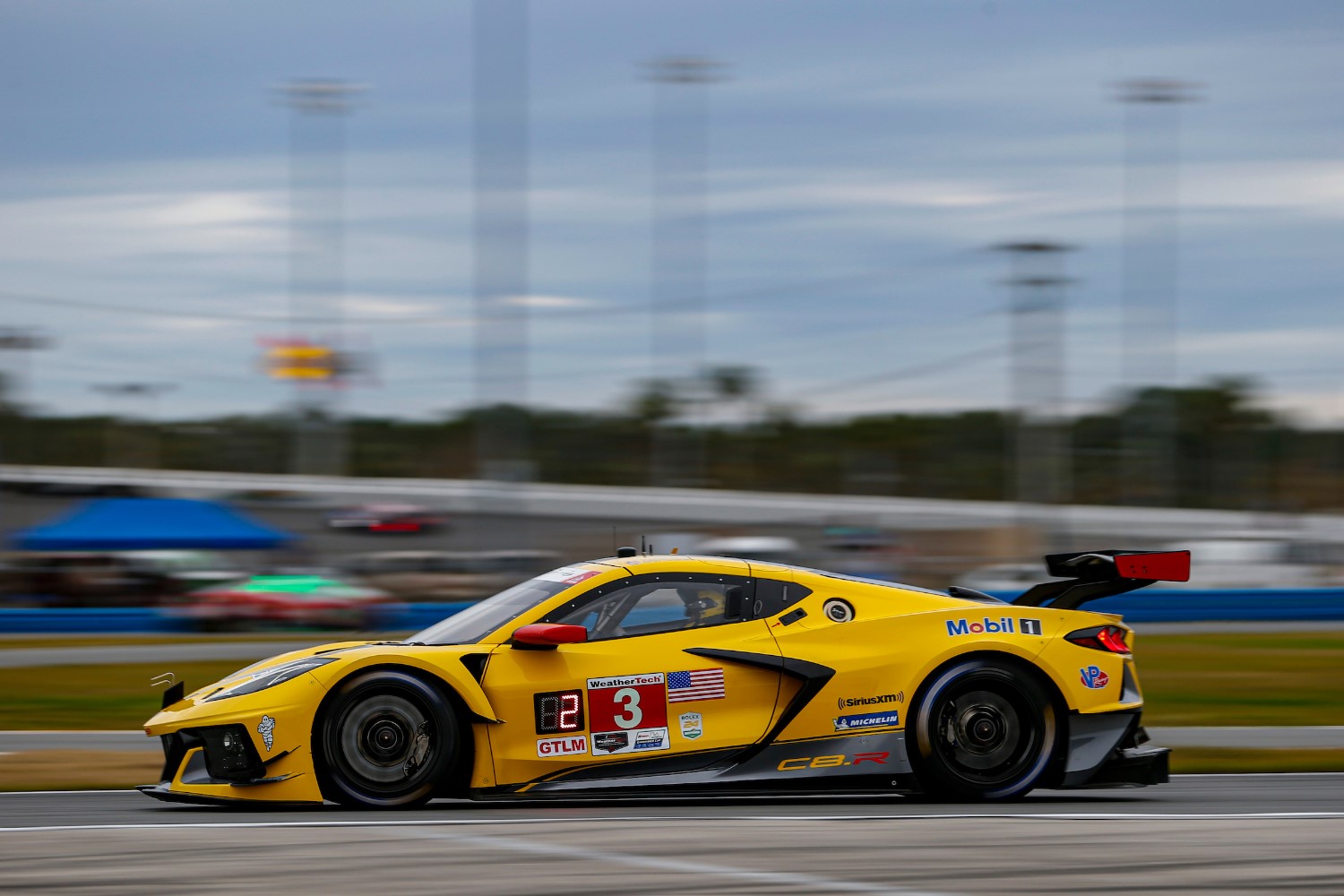IMSA Confirms Technical, Sporting Details for New GTD PRO Class Debuting in 2022
Since announcing plans to introduce the GTD PRO class – which will use cars built to FIA-GT3 technical regulations – to the IMSA WeatherTech SportsCar Championship in 2022 at Daytona starting with the Roar and Rolex 24, IMSA’s leadership team and technical staff has been working diligently on many key details for the new Grand Touring Daytona (GTD) or in short form GTD PRO class that will replace the current Grand Touring Le Mans (GTLM) class.
After countless hours of analysis and several technical working group meetings with all interested manufacturers and Michelin, IMSA’s official tire partner, IMSA today revealed the structure for GTD PRO heading into its 2022 debut. As announced in January, GTD PRO – which is geared toward factory-supported teams and drivers – and the Pro-Am GTD class both will use FIA-GT3 race cars.

“It was important that we worked in lockstep with our manufacturers and tire partner to develop the GTD PRO ruleset,” said IMSA President John Doonan. “Our IMSA technical team was thorough in its analysis and the end result allows us to chart a successful course for the future of factory-supported GT racing in GTD PRO as opposed to the customer racing nature of the GTD class. Ultimately, the market will speak as manufacturers confirm plans to participate, but we are very optimistic that we will have strong fields in both GTD PRO and GTD starting next year.”
Beyond using the same technical specifications, however, there are a number of similarities and subtle differences between GTD PRO and GTD as detailed here:
GTD PRO/GTD Technical Platform and Tires
- Common FIA-GT3 specification for both classes and common fuel from VP Racing Fuels, IMSA’s official fuel partner.
- Both classes will use the single-specification Michelin S9M tire currently used this year in the GTD class for the 2022 season. This along with the use of the shared FIA-GT3 platform will reduce development costs for both manufacturers and customer teams. IMSA and Michelin will announce a longer-term solution for 2023 and beyond at a later date.
GTD PRO/GTD Balance of Performance (BoP)
- GTD PRO and GTD will use the same, data-driven Balance of Performance (BoP) process, which is an extension of IMSA’s current process.
- As GTD PRO is geared toward factory-supported teams and drivers, on-track performance levels achieved by the GTD PRO class is expected to exceed that of the GTD class. For this reason, the BoP for each class will be managed independently.
Sporting Regulations
- GTD PRO will adopt current GTLM Sporting Regulations on driver ratings, qualifying, grid placement and race procedures. GTD PRO cars will use red number panels and position-indicator LEDs. GTD PRO cars will be required to start the race on qualifying tires or face a penalty as opposed to GTLM, which allowed teams to use any tires from their allocation without penalty.
- GTD will remain as it is today with the same requirements for Bronze- or Silver-rated drivers to be included in team lineups, qualifying, grid placement and race procedures. The same qualifying procedures introduced in 2021 which require a Bronze- or Silver-rated driver to set the team’s starting position followed by a mandatory driver change and a second qualifying session to earn qualifying points will remain in effect.
- GTD PRO will adopt the same testing limitations as the existing GTLM class, which allows for eight days of testing. The GTD class will continue to be capped at four days, although Bronze drivers may have unrestricted test days with IMSA approval. Wind tunnel and straight-line testing is prohibited in GTD.
